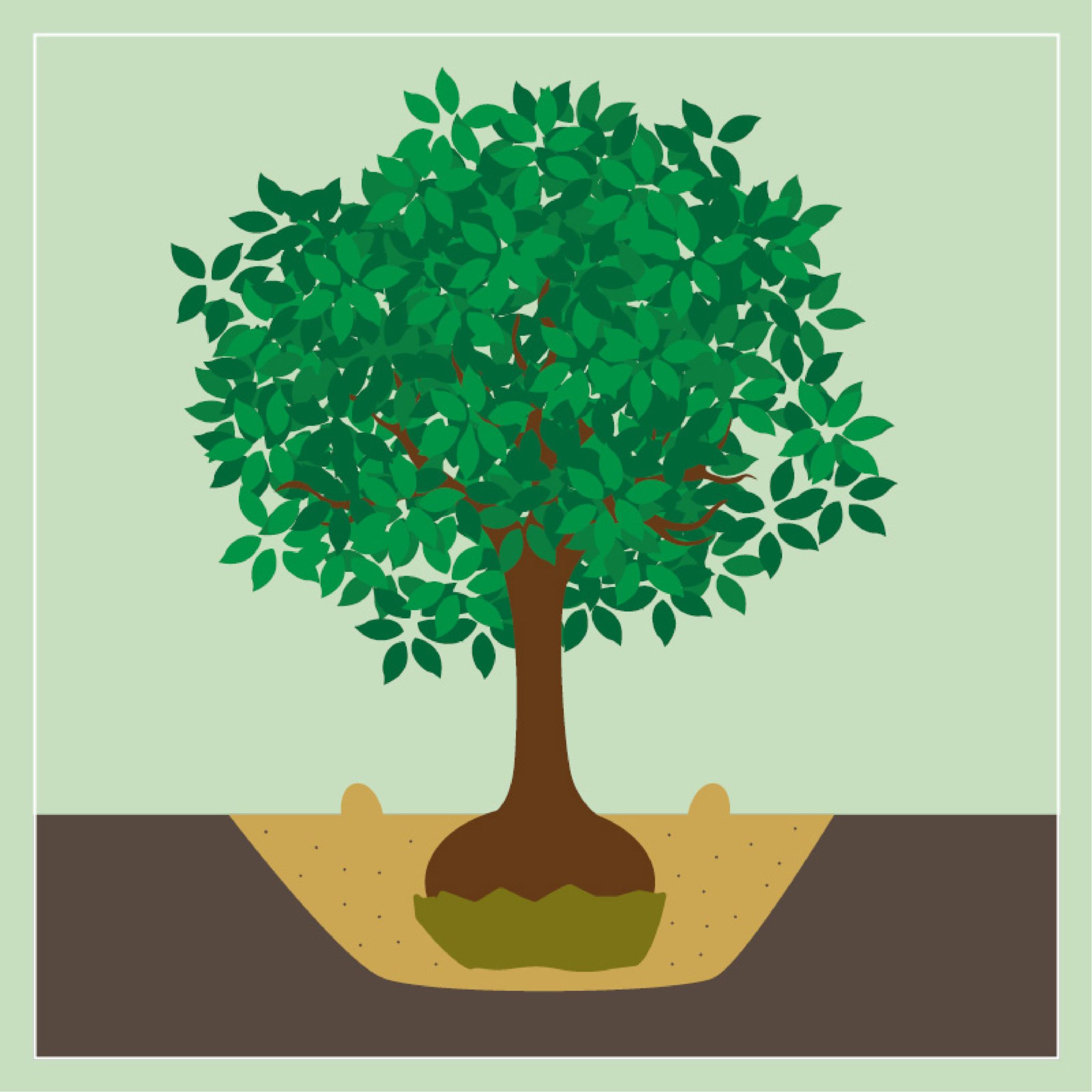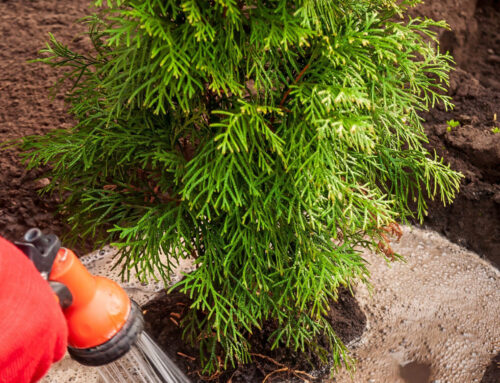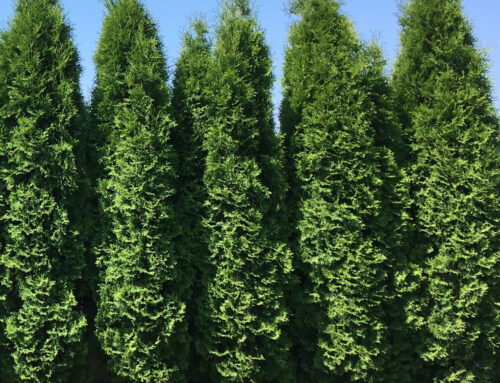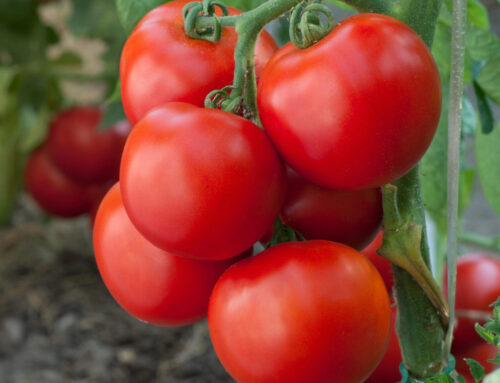With a little bit of care and attention, your new plant will be thriving in its new home and on its way to beautifying your landscaping. Follow these basic tips to help your plant get settled. If you have any questions, please ask any of the experts at the Farm at Green Village for assistance!
PLANTING INSTRUCTIONS
- First, locate any underground utilities, wiring, or pipes. Contact New Jersey One Call by dialing 811 (800-272-1000).
- Remove any debris or brush from the planting area.
- To reduce any damage or breakage, handle the plant by the ball or by the pot.
- Dig a hole the same depth as the root ball or pot, with a width one foot wider (roughly the size of your shovel head).
- To prevent settling, tamp down the soil at the bottom of the hole.
- For potted plants, gently squeeze the pot on each side to free the root ball from the inside of the container. Tilt sideways at a slight angle and slide the pot off the plant, supporting the pot at the root base. For larger plants, cut away the container (usually plastic) away from the root ball. You can use your fingers or a knife to loosen up the roots at the bottom.
- Important — please try to keep the root ball intact!
- For balled and burlapped plants, place the ball in the hole, remove the top half of the wire basket (and/or string) and fold the burlap down or cut away. Keep the burlap away from being exposed above the dirt level, since it can allow moisture to escape and dry out the roots.
- Fill the hole, mixing compost and Biotone in with your backfill, as well as adding in starter or general purpose fertilizer.
- After filling the hole, tamp down the soil to remove all air pockets.
- Build a water dam by creating a berm (raised ridge) encircling the entire base of the plant along the drip line (the outermost edges of the plant’s branches). This ensures that the water stays where it is needed the most, so that it can soak into the roots.
- Add a 2-4” thick layer of mulch around the new planting, ensuring that there is at least 4-6” of clearance from around the base of the main stem. Mulch that is piled up right around the stem attracts insects and diseases, and does not permit the plant to breathe.
WATERING & AFTERCARE
Watering on a regular basis is one of the most important factors in ensuring that your plant thrives. However, you need to make sure that your particular plant is getting the right amount of water it needs.
TREES AND SHRUBS: Water newly planted trees and shrubs thoroughly 1-3 times per week for their first year and again for at least the second summer. Increase watering during hot temperatures, and decrease during cool days. A thorough watering involves using the hose on a slow trickle for 20 minutes at the base of the plant. If you have a sprinkler system, watering for just 15 minutes a day will not be sufficient for newly planted trees and shrubs – you will need to switch to drip irrigation or soaker hoses for a minimum of 30 minutes at a time depending on the size of your plants.
Treat broadleaf evergreen trees and shrubs with an anti-dessicant right before frost to prevent winter burn. Re-apply midwinter during February on a day where the temperature is above 40°.
PERENNIALS: Water newly planted perennials thoroughly every 2-3 days. This schedule can be cut back to one good soaking at least once a week after several weeks. Increase watering on hot and windy days, when the plant is more likely to dry .
Use a general purpose fertilizer (Espoma Plant-tone, Garden-tone, Osmocote or any 5-10-5 fertilizer) at the time of planting.
ANNUALS: Check annuals daily especially during the summer, as they tend to dry out quickly. Smaller containers and hanging baskets will need watering more often. Water 2-3 times per week, until water runs out the bottom of the pot. Try fertilizing using Miracle Gro once a week, Osmocote once every 2-3 months, or Nature’s Source (organic) once a week.
HOUSEPLANTS: Water houseplants thoroughly once a week. Houseplants in drop-in containers should be watered and let drain fully in the sink before returning it to its container. Be sure you have adequate drainage and that the houseplant is not sitting in water. Try to position houseplants away from heating or air conditioning vents. Fertilize once a month.
LAWNS: Water newly installed sod once daily for at least one week after installation, and then watered 2-3 times a week until it starts to root. Early morning is the best time to water. Newly seeded lawns need light watering 2-3 times per day until seed germination, and then reduced to once a week afterwards. During hot summer days, you may need to water 2-3 times per week.




